


Source: Mandy Choi
There is no universal consensus over just how many biomes there are in the world, but the resources below will introduce you to some of the more common ones.
A biome is a large ecosystem where plants, animals, insects, and people live in a certain type of climate. If you were in northern Alaska, you would be in a frosty biome called the Arctic tundra. If you jumped on a plane and flew to Brazil, you could be in a hot and humid biome called the tropical rainforest. The world contains many other biomes: grasslands, deserts, and mountains, to name a few. Read through this website to learn more about some of the major types.
This website features a great interactive map of the world that lets you explore the different types of biomes across the world.
This website has an interactive map of the world biomes, as well as fun quizzes and challenges to test your knowledge!
There are five major types of biomes: aquatic, grassland, forest, desert and tundra, though some of these biomes can be further divided into more specific categories, such as freshwater, marine, savanna, tropical rainforest, temperate rainforest and taiga. Read through this article to learn more.
This website has a biologist walk you through the different types of biomes and how we categorise different biomes.
Ecoregions are an example of the sub-division of biomes and how biomes classifications can sometimes to be limiting. Read through this website to learn more about ecoregions and what they look like in Australia.
Biomes are a group of ecosystems sharing the same characteristics and are well adapted to the prevailing abiotic factors. Any earth surface that has got a very large ecological system characterized by dominant forms of plant and animal life forms adapted to the prevailing climate and other environmental factors is termed as a biome. Read through this website to learn about the major types of biomes on Earth.
The aquatic biome is divided into freshwater and marine regions. Freshwater regions, such as lakes and rivers, have a low salt concentration. Marine regions, such as estuaries and the ocean, have higher salt concentrations. Read through this article to learn more.
The aquatic biome includes the habitats around the world that are dominated by water—from tropical reefs to brackish mangroves, to Arctic lakes. The aquatic biome is the largest of all the world's biomes—it occupies about 75 percent of the Earth's surface area. The aquatic biome provides a vast array of habitats that, in turn, support a staggering diversity of species. Read through this article to learn more.
Learn all about aquatic biomes in just a few minutes! Jessica Pamment, professional lecturer at DePaul University, explains the categorization of different types of aquatic biomes, including lakes, rivers, streams, wetlands, estuaries, the intertidal zone, the open ocean, and the benthic zone.
This website lists the characteristics of the multiple different aquatic biomes found across the world.
This article looks at the different types of plants found in various aquatic biomes and how they are important to each biome.
Freshwater ecosystems include lakes, ponds, rivers, and streams. Lakes are large bodies of freshwater surrounded by land, while ponds are smaller bodies of water surrounded by land. Read through this website to learn more about this type of aquatic biome.
The marine biome is an environment characterized by the presence of salt water. The marine biome is found in all of Earth's oceans and is the largest biome in the world. The marine biome is home to an amazing array of living organisms, from the enormous blue whale to microscopic cyanobacteria. Read through this article to learn more about this aquatic biome.
A swamp is an area of land permanently saturated, or filled, with water. Read through this article to learn more about this biome.
Learn the risks our world's coral reefs are facing and what they mean for our future and the future of the ocean.
A marsh is a wetland, an area of land where water covers ground for long periods of time. Read through this article to learn more.
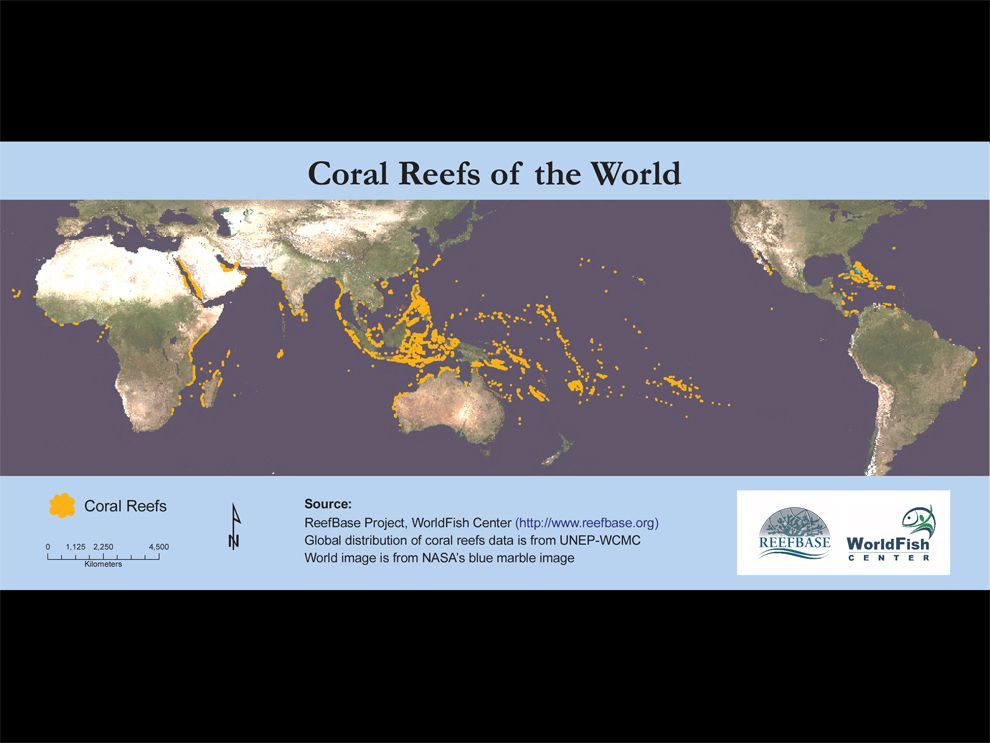
Source: ReefBase
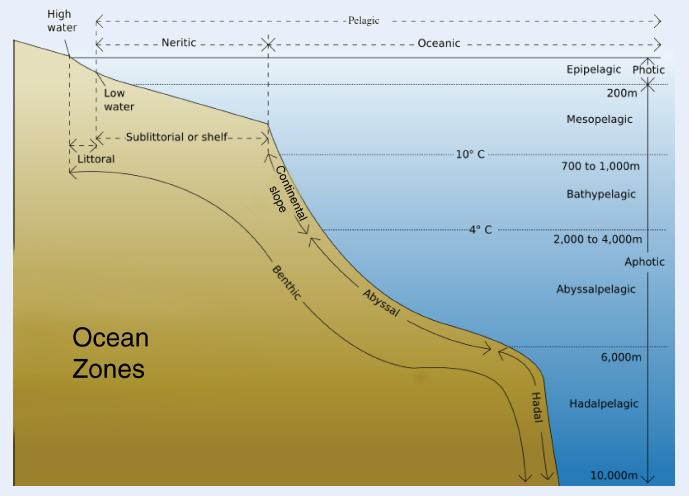
Source: Open Curriculum
Grasslands are natural ecological communities dominated by grasses and with no or only sparse tree or shrub cover. They are dominated by a range of grass species but contain a diversity of other herbs. Grasslands are among the most species rich plant communities in Australia. Read through this website to learn more.
The grassland biome is made up of large open areas of grasses. They are maintained by grazing animals and frequent fires. Types of grasslands include savannas and temperate grasslands. Read through this article to learn more.
The grassland biome can be found on every continent except Antarctica and is largely defined by grasses as the dominant plant type in the environment, as the name suggests. Grasslands can also be further classified into savannas, steppes and temperate grasslands. Read through this website to learn more.
Grasslands are characterized as lands dominated by grasses rather than large shrubs or trees. In the Miocene and Pliocene Epochs, which spanned a period of about 25 million years, mountains rose in western North America and created a continental climate favorable to grasslands. Ancient forests declined and grasslands became widespread. Following the Pleistocene Ice Ages, grasslands expanded in range as hotter and drier climates prevailed worldwide. Read through this website to learn more.
This website gives a very brief overview of the major features of the grassland biome, including climate, rainfall, and location.
Prairies are enormous stretches of flat grassland with moderate temperatures, moderate rainfall, and few trees. When people talk about the prairie, they are usually referring to the golden, wheat-covered land in the middle of North America. Read through this article to learn more.
The African savanna ecosystem is a tropical grassland with warm temperatures year-round and with its highest seasonal rainfall in the summer. The savanna is characterized by grasses and small or dispersed trees that do not form a closed canopy, allowing sunlight to reach the ground. Read through this article to learn more.
A plain is a broad area of relatively flat land. Read through this article to learn more.
Forests support a huge diversity of life. Despite the importance of forests, they are being removed at frightening rates. Read through this article to learn more.
Forests are important environments for biodiversity and storing carbon. How much of the planet is covered by trees and how has that percentage changed over time? Read through this article to learn more.
A rainforest is an area of tall trees and a high amount of rainfall. Read through this article to learn more.
Woodland is often just another name for a forest. Most of the time, though, geographers use the term to describe a forest with an open canopy. The canopy is the highest layer of foliage in a forest. It is made up of the crowns, or tops, of trees. An open canopy allows full sunlight to enter the woodland, limiting shade and moisture. Read through this article to learn more.
The taiga is a forest of the cold, subarctic region. The subarctic is an area of the Northern Hemisphere that lies just south of the Arctic Circle. Read through this article to learn more.
The forest biome includes terrestrial habitats that are dominated by trees and other woody plants. Today, forests cover about one-third of the world's land surface and are found in many different terrestrial regions around the globe. There are three general types of forests—temperate forests, tropical forests, and boreal forests. Each of these forest types differs in climate, species composition, and community structure. Read through this article to learn more.
Tropical, temperate, and boreal forests around the world play an important role in the earth’s ecosystem. Forests are land areas that contain many trees and they have their own ecosystem called a biome. It is estimated that forests cover about 30% of the earth’s total land area. These dense woodlands can include evergreen conifers, broad-leafed deciduous trees, or a mixture of these tree types. Read through this website to learn more.
All forests have lots of trees, but there are different types of forests. They are often described as different biomes. One of the main differences is where they are located in relation to the equator and the poles. In this website learn all about temperate forests.
Use this fact sheet to learn all about temperate deciduous forests.
The Amazon is the world's largest rainforest and it absorbs more greenhouse gases than any other tropical forest. Deforestation there releases dangerous amounts of carbon dioxide into the atmosphere. Find out more about what this means for the world's environments and for biodiversity with this interactive story.
Worldwide, Deserts and Xeric Shrublands vary greatly in the amount of annual rainfall they receive; generally, however, evaporation exceeds rainfall in these ecoregions, usually less than 10 inches annually. Temperature variability is also extremely diverse in these remarkable lands. Many deserts, such as the Sahara, are hot year-round but others, such as Asia's Gobi, become quite cold in winter. Read through this website to learn more.
Deserts are areas that receive very little precipitation. Read through this article to learn more.
Read through this fact sheet to learn more about desert biomes.
Deserts cover about one fifth of the Earth's surface and occur where rainfall is less than 50 cm/year. Although most deserts, such as the Sahara of North Africa and the deserts of the southwestern U.S., Mexico, and Australia, occur at low latitudes, another kind of desert, cold deserts, occur in the basin and range area of Utah and Nevada and in parts of western Asia. Most deserts have a considerable amount of specialized vegetation, as well as specialized vertebrate and invertebrate animals. Soils often have abundant nutrients because they need only water to become very productive and have little or no organic matter. Read through this website to learn more.
The word “desert” comes from a Latin word meaning “abandoned.” How appropriate, because when people think about deserts, they mostly conjure up images of endless sand dunes and desolate stretches of barren land. These images are accurate in some places in the world, but there are different types of deserts. Principally, what makes a desert is an inherent lack of regular rainfall, but scientists use a variety of additional factors to classify deserts into categories (hot and dry, semiarid, coastal, and cold). These factors include temperature, humidity, geology, soil and mineral composition, and the flora and fauna that inhabit the region. Read through this website to learn more.
Deserts are dry places where little rain or snow falls. Some deserts get less than 25 mm (1 inch) of precipitation each year. Other deserts may get up to 250 mm (10 inches) of precipitation. Read through this website to find about the difference between hot and cold deserts and see a map of where deserts are distributed across the world.
The tundra is a treeless polar desert found in the high latitudes in the polar regions, primarily in Alaska, Canada, Russia, Greenland, Iceland, and Scandinavia, as well as sub-Antarctic islands. The region's long, dry winters feature months of total darkness and extremely frigid temperatures. Read through this website to learn more.
Tundras are cold, harsh environments with distinctive biodiversity adapted to these conditions. Read through this article to learn more.
Climate-driven changes in these harsh lands at the ends of the planet could have a worldwide impact. Read through this article to learn more.
The tundra is one of the harshest biomes and it is definitely the coldest! Temperatures in the tundra can reach as low as minus 25 degrees Fahrenheit! Beneath the tundra is permafrost. Permafrost is a permanently frozen sublayer of soil. There is very little rain or snow in the tundra, usually less than 15 inches a year. Read through this website to learn more about the tundra and the plants and animals found there.
The tundra biome is a cold and treeless plain where harsh conditions make it hard for plants and animals alike to survive. Around 20% of the Earth's land surface is covered with tundra. Read through this website to learn more about this biome.
The word tundra derives from the Finnish word for barren or treeless land. The tundra is the simplest biome in terms of species composition and food chains. Read through this fact sheet to learn more about this biome.


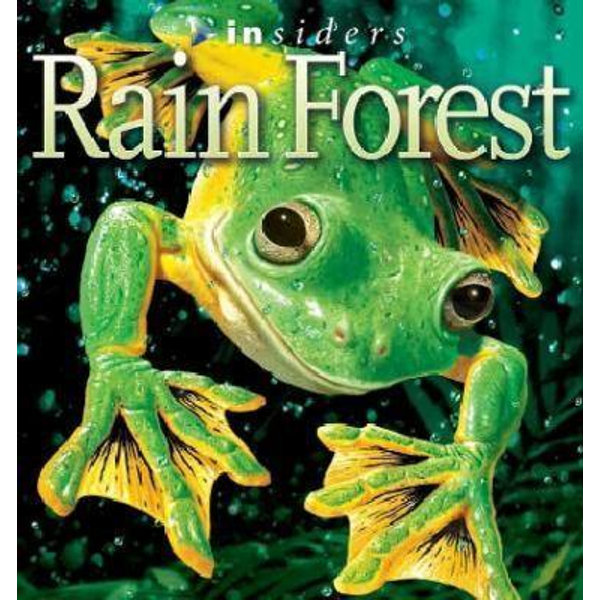 Rainforests
by
Rainforests
by
 Earth's changing coasts
by
Earth's changing coasts
by
 DK guide to the oceans
by
DK guide to the oceans
by
 Oceans
by
Oceans
by
 Oceans
by
Oceans
by
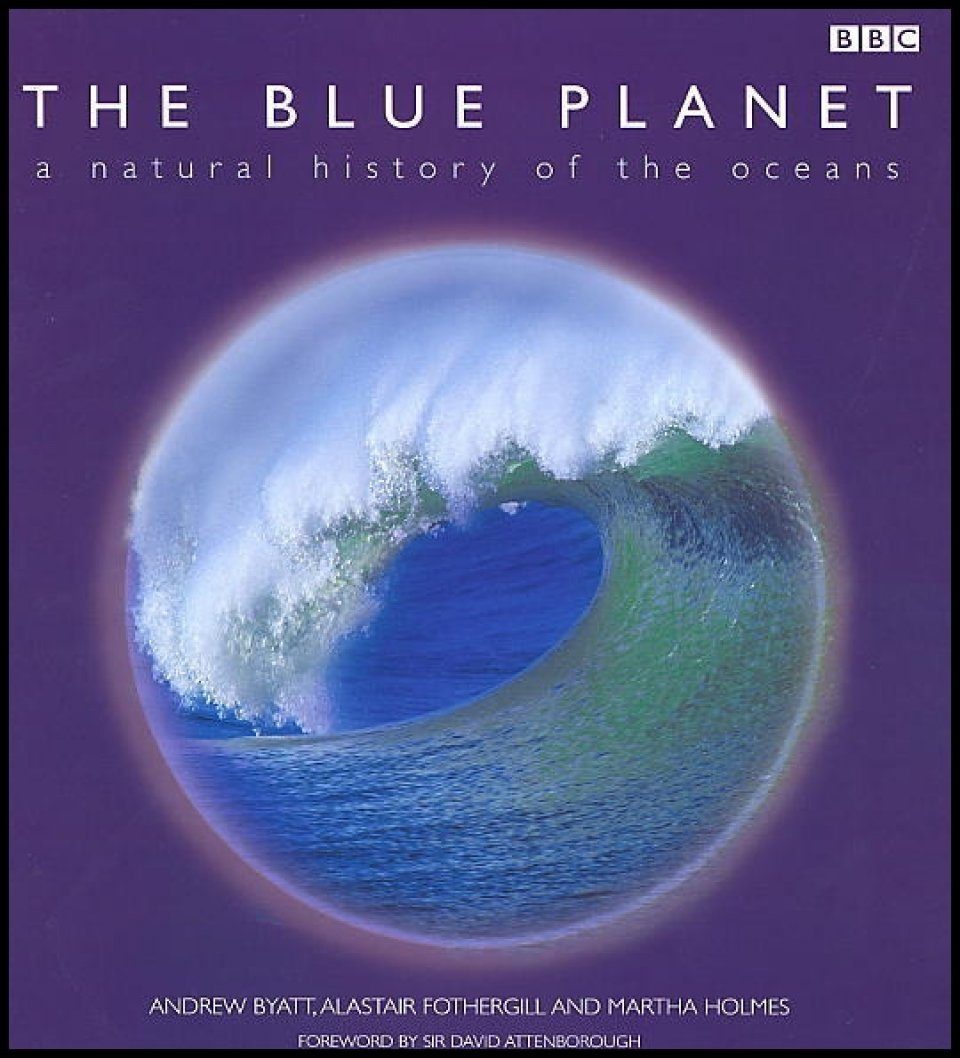 The blue planet : a natural history of the oceans
by
The blue planet : a natural history of the oceans
by
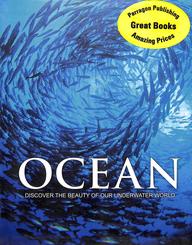 The mighty oceans
by
The mighty oceans
by